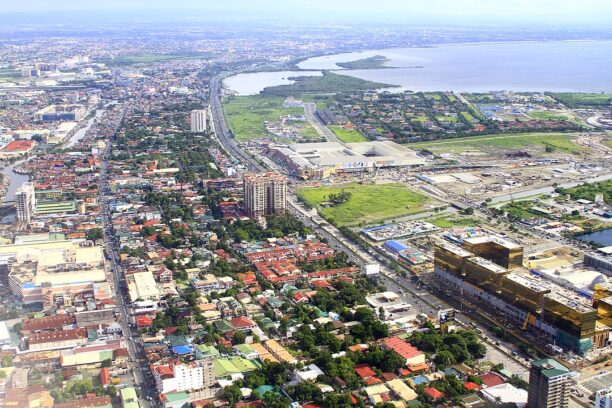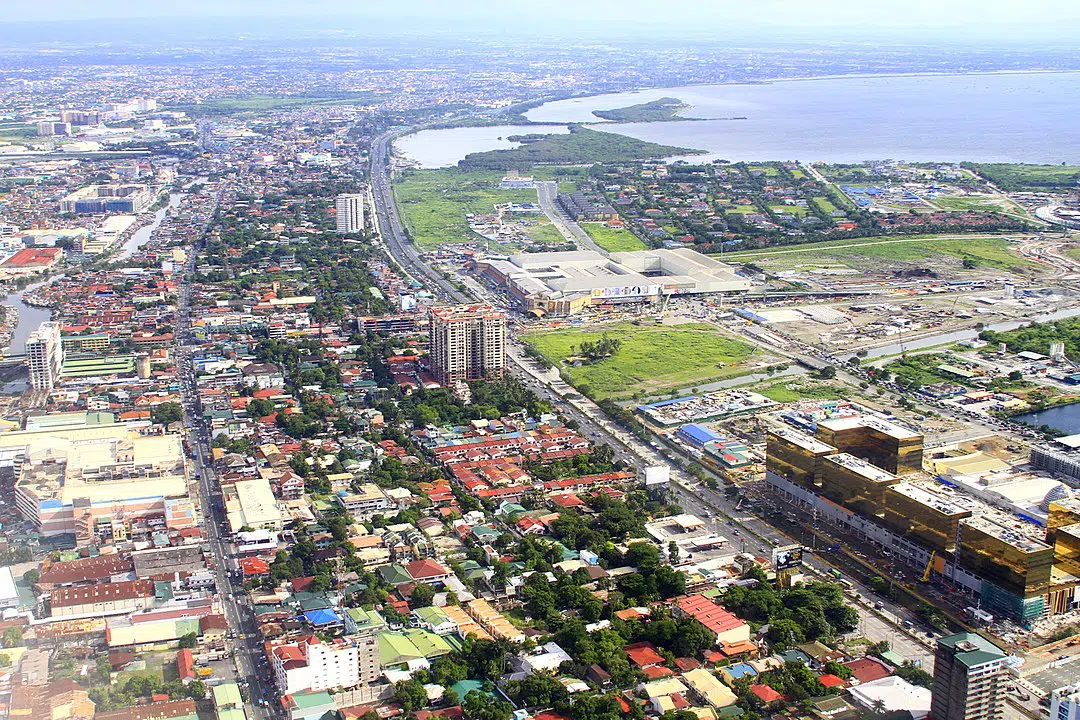Southwest Integrated Terminal Exchange ‘Switx’ hub to open April 2018
The government is hurrying the construction of the P3-billion Southwest Integrated Terminal Exchange, the first modern intermodal public transport terminal to be built in the country, which is projected to be completed on or before April next year.
The transportation hub, located in a four-hectare land along Coastal Road in Parañaque City, will provide seamless interconnectivity of the different modes of transportation from the neighboring provinces south of Metro Manila.
“This ensures a safe, convenient, and hassle-free travel experience for the commuting public,” said Thomas Orbos, Metro Manila Development Authority general manager and concurrent Transportation undersecretary for roads and infrastructure.
Orbos said the facility, which will be fully operational by the second quarter of 2018, is among the five big-ticket infrastructure projects that the Department of Transportation will inaugurate next year.
As of October 2017, the terminal is already 39 percent complete.
The terminal is envisioned to be a modern transportation hub that will significantly improve the commuting and terminal experience of passengers.
“[DOTr] Secretary [Arthur] Tugade’s instruction was clear—It should be able to house an intermodal facility where people can easily transfer from one transport mode to another and must have easy access to trains, cabs, and other public utility vehicles,” Orbos said.
The facility will be the first among several terminals that will be built around the peripheries of Metro Manila. The strategic location will maximize road usage and reduce the number of public utility vehicles plying the busy road networks such as Epifanio de los Santos Avenue, particularly the areas of Baclaran and Taft Avenue.
Also, with the government’s Route Rationalization Plan that will be soon implemented, the reorganization of routes will be a priority. This means provincial PUVs will only be allowed to load and unload in Switx, avoiding Edsa.
Switx was designed to resemble an airport terminal with multi-level platforms. It will have passenger terminal buildings, embarkation and disembarkation bays, staging bays, ticketing and baggage handling facilities, and park-ride facilities.
Catching a bus is also made easier with the Online Bus Ticketing System, an intuitive online and on-site booking and ticketing system. Departure schedules will also be displayed on large screens.
Buses will likewise be equipped with Ultra-High Frequency tags for efficient managing, tracking, and monitoring inside the terminal premises. Vehicles and passengers’ queuing, loading, and unloading will all be systematized. The terminal will also be equipped with Wi-Fi and charging points.
For added comfort, there will be air-conditioned lounges and waiting areas for passengers, as well as retail stores and food centers. Drivers will also have their own retiring room.
Closed-circuit television cameras and baggage scanners will be installed and security personnel will be stationed 24/7 to ensure the safety of passengers.
In order to make the terminal more vibrant, commercial spaces and offices will be occupying the premises. This will also ensure a steady flow of passengers that will be using the new terminal.
During his term, President Benigno Aquino III signed Administrative Order No. 40, establishing transport terminals in the north and south of the metropolis to decongest Edsa and restrict provincial buses from entering the major thoroughfare.
The EO stated that three terminals should be constructed—the North Interim Transport Terminal for provincial buses originating from north of Metro Manila entering via the North Luzon Expressway, MacArthur Highway, Mindanao Ave., Quirino Ave., and Commonwealth Ave.; South Interim Transport Terminal for provincial buses originating from south of Metro Manila entering via the South Luzon Expressway; and the Southwest Interim Transport for provincial buses originating from south of Metro Manila entering via Coastal Road and the Manila Cavite Expressway.
In 2014, the MMDA and the then Department of Transportation and Communications put up a temporary terminal in Alabang for 556 buses from southern Luzon which does not have proper terminals in Metro Manila, and in 2013 on Coastal Road in Parañaque City for about 1,000 buses from Cavite and Batangas. by Joel E. Zurbano source: http://thestandard.com.ph


